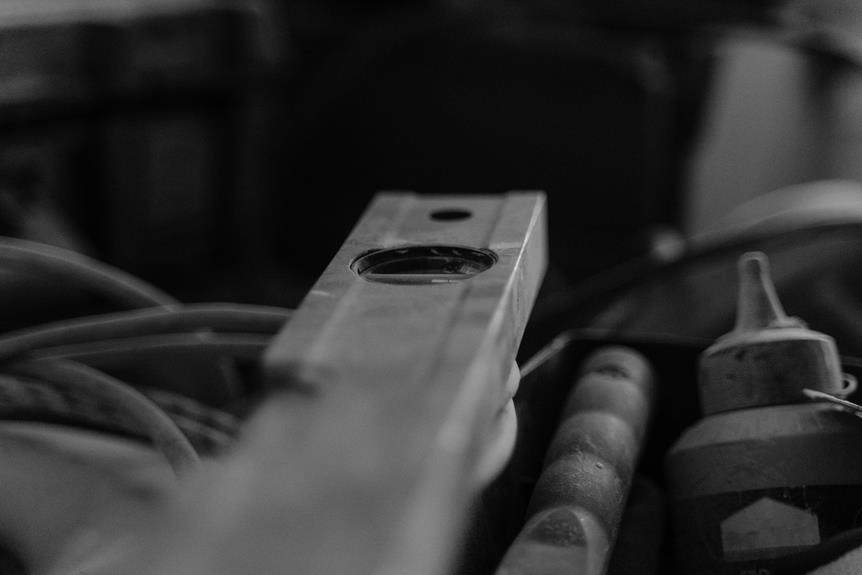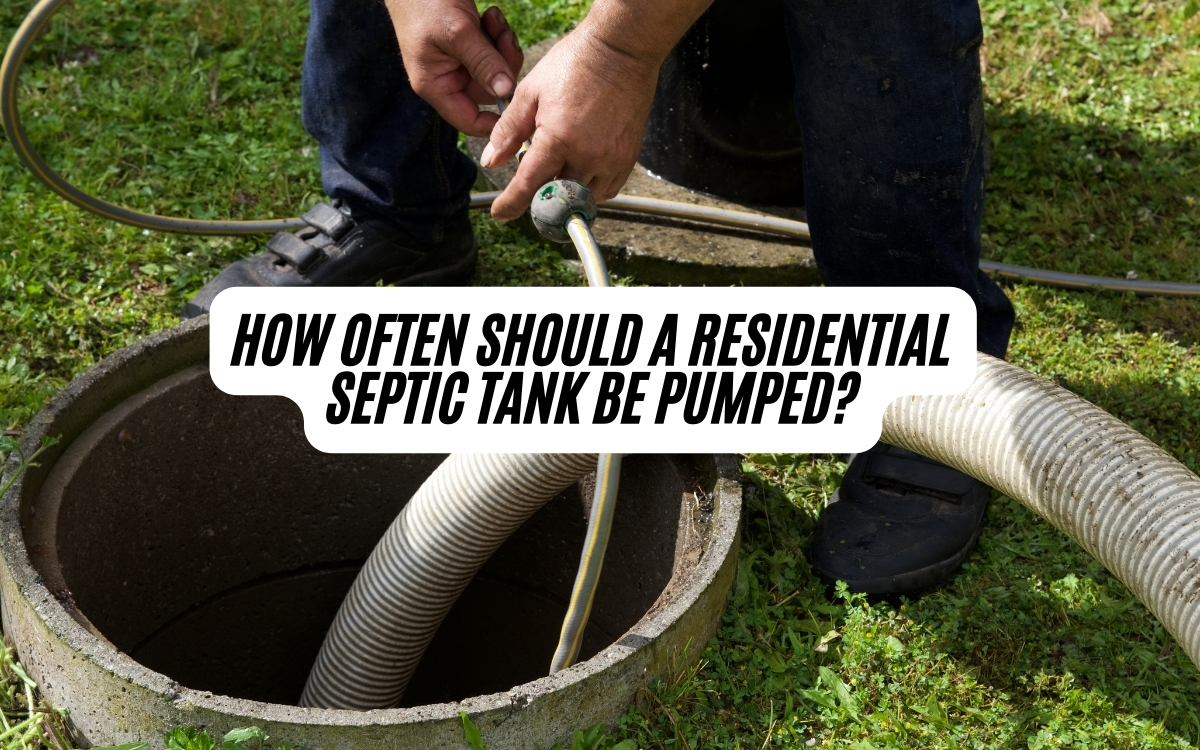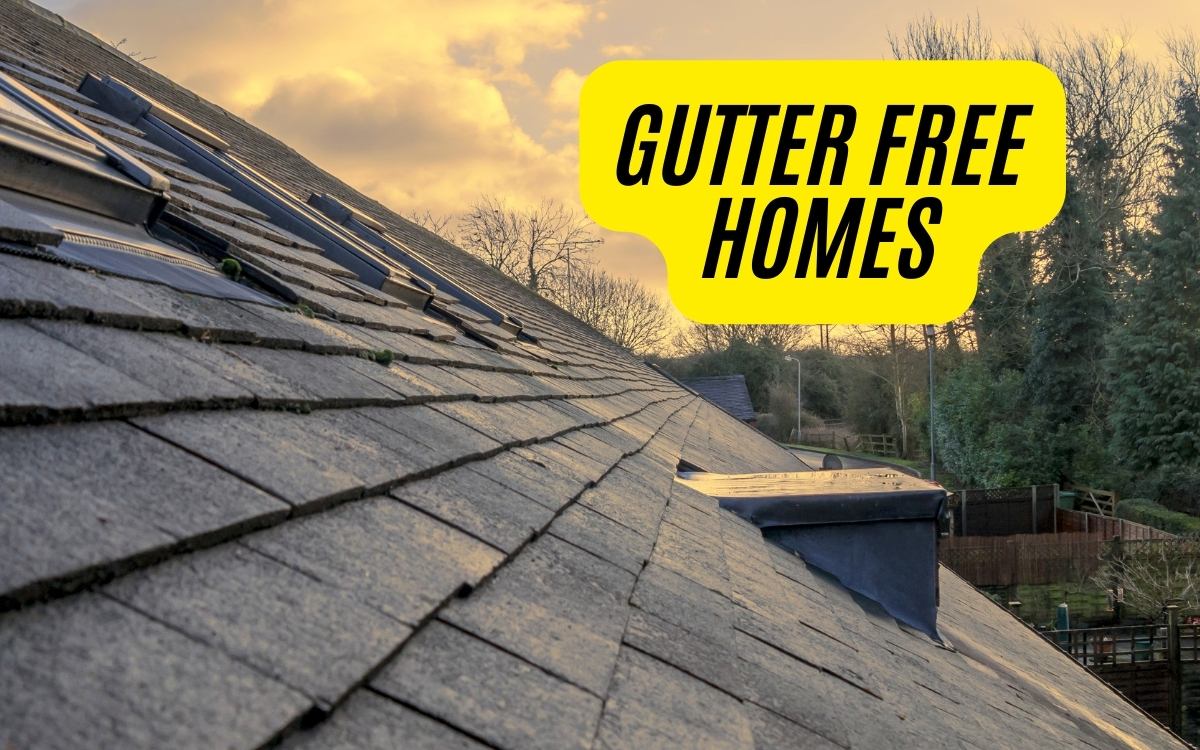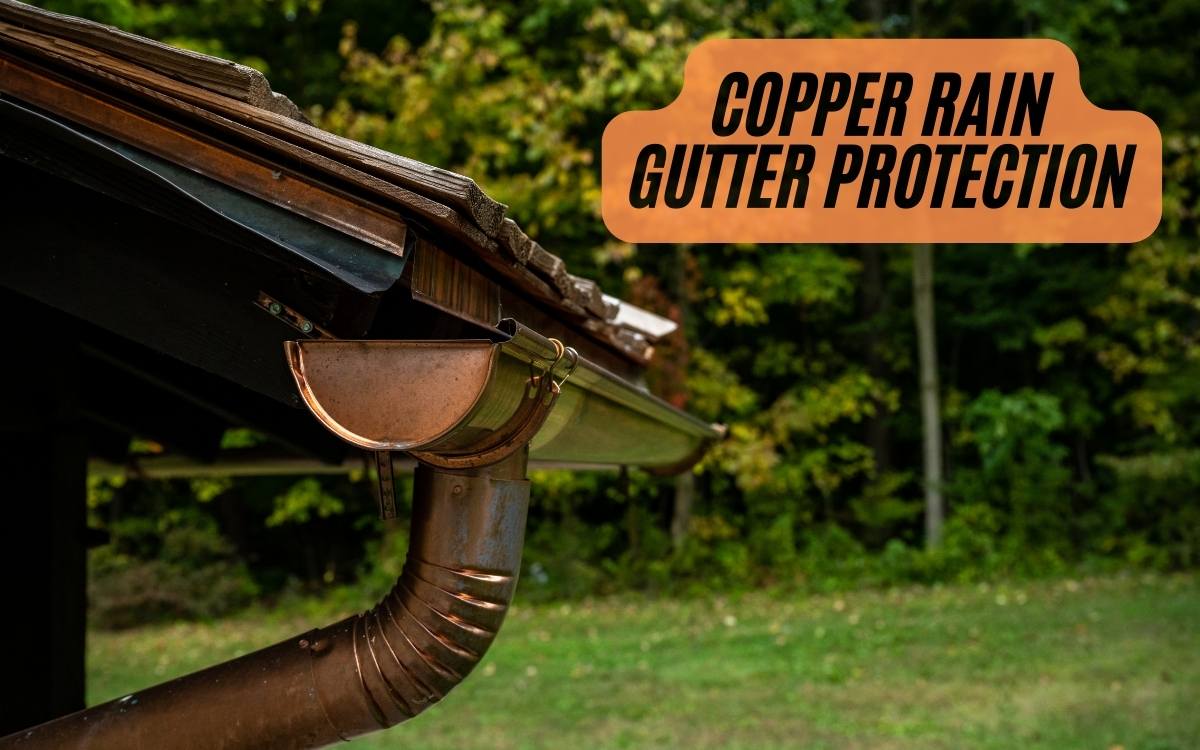Vapor Barrier Dilemma: To Wrap or Not
When it comes to vapor barriers, a one-size-fits-all approach can be detrimental, as differing climate conditions necessitate unique strategies for managing moisture and ensuring a durable, energy-efficient, and healthy living space. In colder climates, vapor barriers prevent moisture-laden air from escaping, while in warm and humid climates, they can trap moisture, exacerbating condensation issues. Understanding climate-specific vapor barrier needs is essential, and proper installation is vital to its effectiveness. By grasping the complexities of vapor barriers, you can make informed decisions that protect your home and its occupants, and uncover the most effective solutions for your specific situation.
Climate-Specific Vapor Barrier Needs
In colder climates, where winter's chill sets in, vapor barriers are a pivotal component of a well-insulated building envelope, serving as a protective shield against warm, moisture-laden air that seeks to escape.
This essential layer prevents moisture from seeping into walls and ceilings, thereby reducing the risk of mold, mildew, and structural damage.
In contrast, warm and humid climates require a different approach, as the use of vapor barriers can trap moisture behind them, exacerbating condensation issues.
Builders in these regions often opt for alternative solutions, such as house wraps or breathable materials, to manage moisture effectively.
Understanding climate-specific vapor barrier needs is essential to ensuring a durable, energy-efficient, and healthy living space.
Where to Install Vapor Barriers
Understanding the role of vapor barriers in different climates is only half the battle; proper installation is equally important.
Where you install a vapor barrier is vital to its effectiveness. In colder climates, the vapor barrier should go on the warm side of the insulation, typically the interior side of exterior walls.
In hot and humid climates, vapor barriers are usually not recommended on interior walls as air conditioning creates condensation inside the home.
Coastal climates are moderate and often don't require vapor barriers at all, with water-resistant house wraps or building papers providing adequate moisture control.
The foundation and crawlspace are less critical areas for vapor barriers, as they are often vented to the outdoors.
Recommended Vapor Barrier Materials
Several effective materials can be used as vapor barriers, each with its own strengths and weaknesses.
Plastic sheeting or polyethylene film provides an effective air and moisture barrier.
Kraft facing, a paper material laminated with asphalt and a foil backing, is used as insulation facing and an inner layer of exterior wall sheathing.
PVC, vinyl wall coverings, or paint can act as vapor barriers when installed correctly.
Foil-faced insulating sheathing provides moisture protection on exterior walls.
House wraps like Tyvek HomeWrap allow moisture vapor to escape while blocking bulk water.
These materials are designed to prevent moisture intrusion and guarantee a healthy, dry building environment.
Vapor Barrier Codes and Standards
Five essential considerations govern the installation and specification of vapor barriers in building construction.
To guarantee a successful installation, it is vital to follow the manufacturer's instructions for installation procedures to guarantee effectiveness.
Seal seams, edges, and terminations with sealant or tape to prevent moisture bypass.
Use rated, durable vapor barrier materials that meet the code for permeability.
Consult local building codes for vapor barrier requirements in the area.
Various organizations, like ASTM International, set standards and test methods for vapor barrier products.
By adhering to these guidelines, builders can verify a reliable and efficient vapor barrier system that meets local regulations and industry standards.
This attention to detail will help prevent moisture issues and promote a healthy, durable building envelope.
Installation Best Practices Matter
Proper installation is crucial to guaranteeing the effectiveness of a vapor barrier, as even the slightest misstep can compromise the entire system.
A well-installed vapor barrier can prevent moisture issues, while a poorly installed one can lead to costly repairs and health hazards.
To avoid common mistakes, guaranteeing best practices during installation is paramount.
- Verify the vapor barrier is installed on the correct side of the insulation, depending on the climate and region.
- Seal all seams, edges, and terminations with sealant or tape to prevent moisture bypass.
- Use rated, durable vapor barrier materials that meet local building codes and standards for permeability.
Benefits and Drawbacks of Vapor Barriers
A building's vapor barrier plays a critical role in maintaining a healthy and durable structure, but its implementation is not without its advantages and disadvantages.
On the positive side, vapor barriers prevent moisture from seeping into walls, reducing the risk of mold, rot, and structural damage. They also help to reduce energy consumption by minimizing air leakage.
However, improper installation or selection of vapor barriers can lead to moisture entrapment, causing more harm than good. Additionally, some materials may not be suitable for certain climates or construction methods.
It is essential to weigh the benefits and drawbacks of vapor barriers carefully, considering factors such as climate, construction type, and material selection to guarantee a successful installation.
Determining If You Need One
As the role of vapor barriers in maintaining a healthy and durable structure becomes clearer, the next logical step is to determine whether a vapor barrier is necessary for a specific project.
The decision to install a vapor barrier depends on various factors, including climate, construction method, and local building codes.
- Climate plays a significant role, with colder climates requiring vapor barriers to prevent moisture-laden air from escaping, while warm and humid climates may not need them to avoid trapping moisture.
- Local building codes and regulations must be consulted to confirm adherence.
- A professional contractor's expertise is vital in determining the need for a vapor barrier and guaranteeing its proper installation to avoid moisture issues.
Frequently Asked Questions
Can I Use a Vapor Barrier in a Basement or Underground Space?
In a basement or underground space, vapor barriers can be beneficial to control moisture, but their necessity depends on factors like climate, construction method, and local building codes; consult a professional to determine the best approach for your specific project.
Are Vapor Barriers Necessary for Metal-Framed Buildings?
In metal-framed buildings, vapor barriers are not always necessary, but they can be beneficial in certain climates to prevent moisture infiltration and condensation. Consult with a professional to determine the specific requirements for your project, considering factors such as climate, construction method, and local building codes.
Do Vapor Barriers Work With Radiant Barrier Insulation?
In conjunction with radiant barrier insulation, vapor barriers can be effective in controlling moisture and heat transfer; however, proper installation and material selection are vital to prevent moisture trapping and guarantee peak performance.
Can I Install a Vapor Barrier After the Walls Are Built?
Installing a vapor barrier after the walls are built is possible, but it's more challenging and may require additional materials, such as specialized adhesives or mechanical fasteners, to guarantee a secure and effective seal.
Are Vapor Barriers Required for LEED Certification?
LEED certification does not explicitly require vapor barriers, but projects pursuing credits related to indoor air quality, thermal comfort, and water management may benefit from their installation, particularly in specific climate zones.



